The elected officials of the pristine beach town of Redington Shores, Florida, are at a standstill with its residents. Residents who enjoy uninterrupted views of the ocean and millions of tourists each year want to continue to enjoy the natural splendour; unfortunately, the increasing intensity of hurricane season might take it away entirely.
Redington Shores is a small town in Pinellas County. It is located on a small island next to the Gulf of Mexico, near Tamba Bay and St. Petersburg. Unhelpful residents have prevented the U.S. Army Corps of Engineers from restoring the easements that could save their homes.
Stand off Between Residents and the U.S. Army
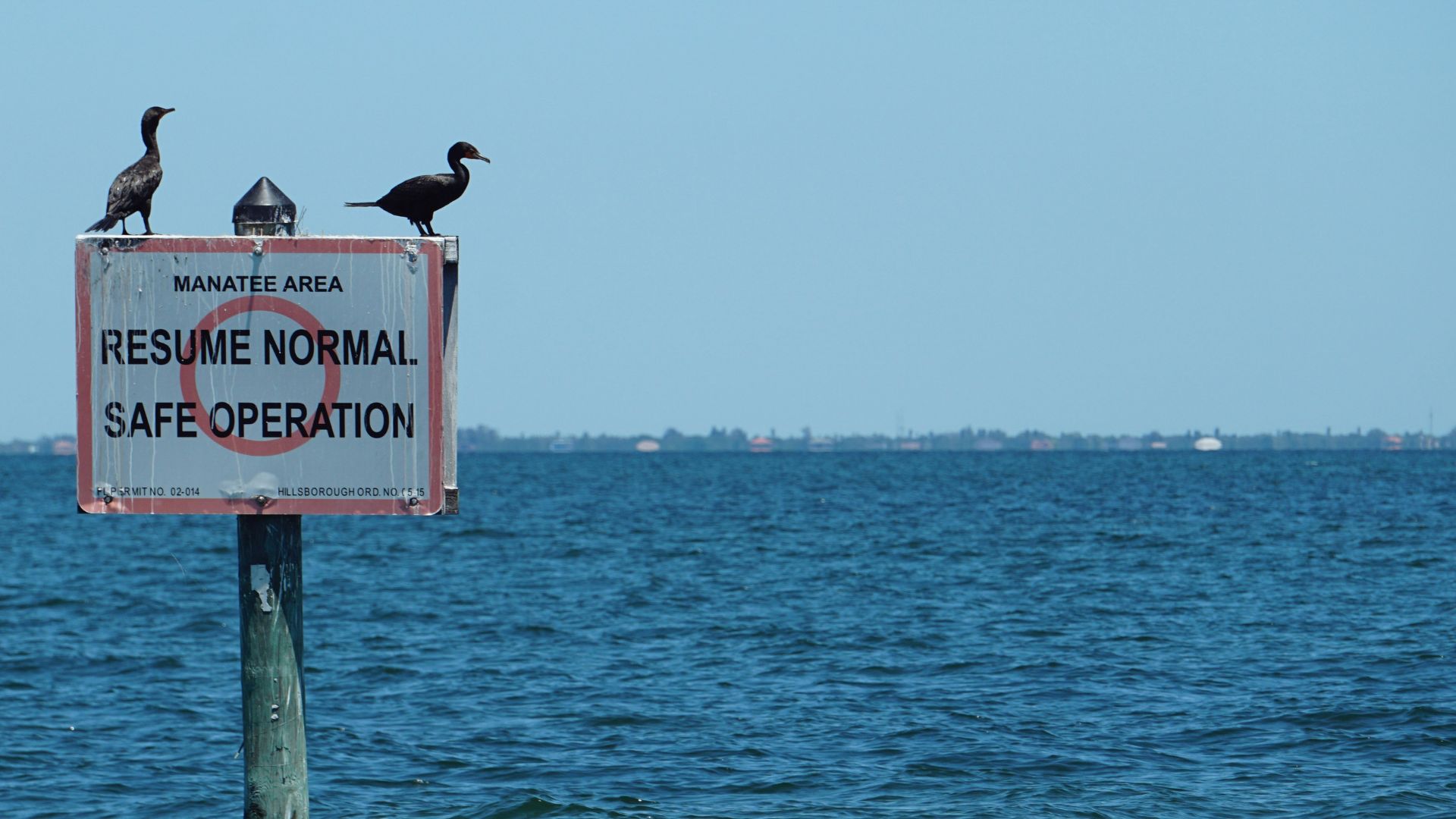
The tense situation in the small Florida town has resulted from a standoff with the U.S. Army Corps of Engineers, the agency that handles flood prevention and restores beaches around the U.S., and the residents who don’t want to lose their beach access.
The agency has refused to send $42 million worth of new sand until the homeowners in the area grant them access to the small beaches behind their homes. Hundreds of property owners in the area have refused to sign documents that would grant the U.S. Army Corp access to the easements.
Recent Storms Have Stripped the Beaches of Sand
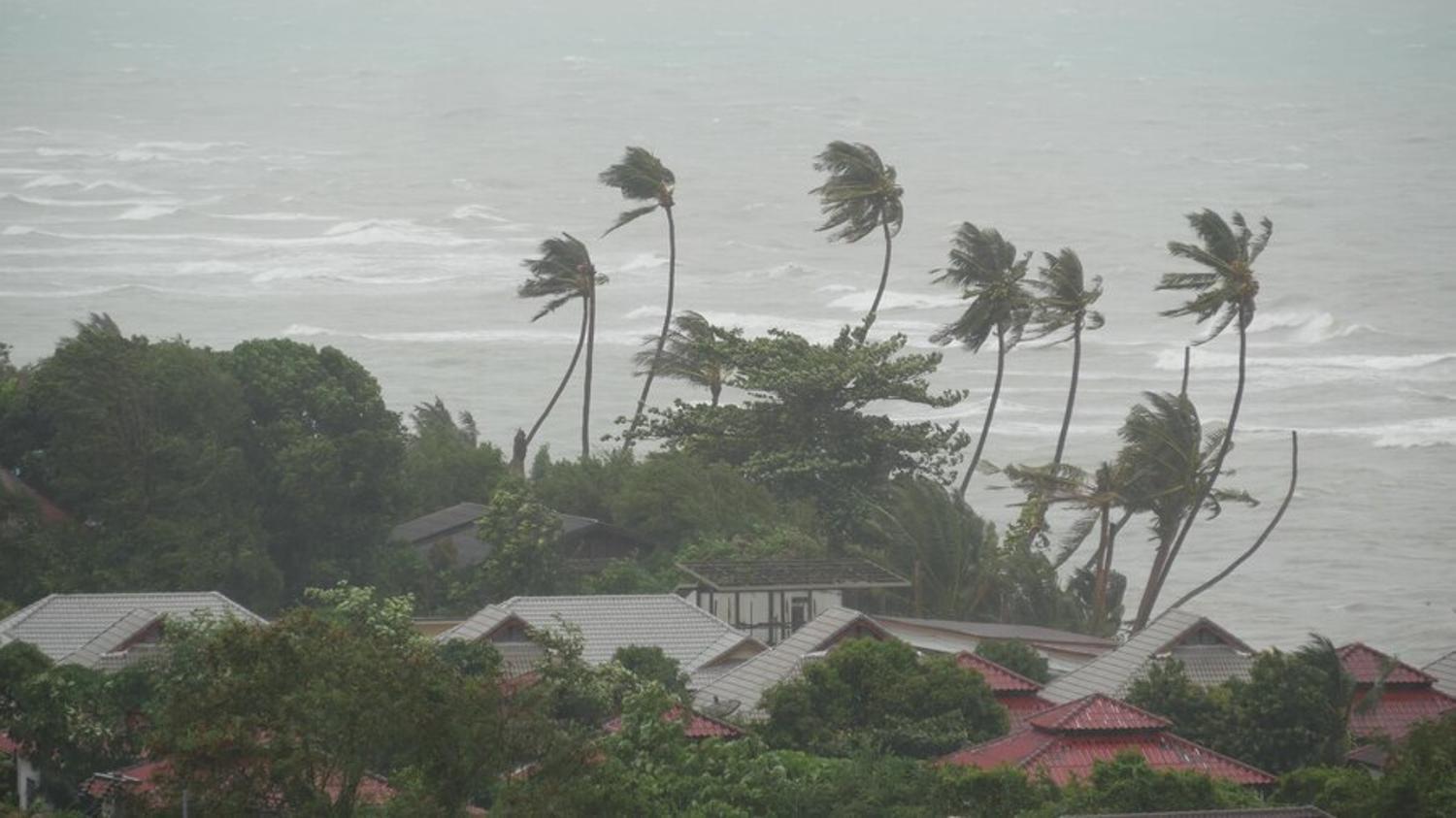
Recent storms in the area have almost completely stripped the beaches of their sand, so the U.S. Army needs to replenish the stores.
Since the small town faces the Gulf of Mexico, hurricanes and tropical storms often hit it extremely hard. Last year, Hurricane Idalia eroded most of the sand that protects the town around the small community. Residents with oceanfront homes are now just one big wave away from disaster.
What This Means for the Coming Hurricane Season
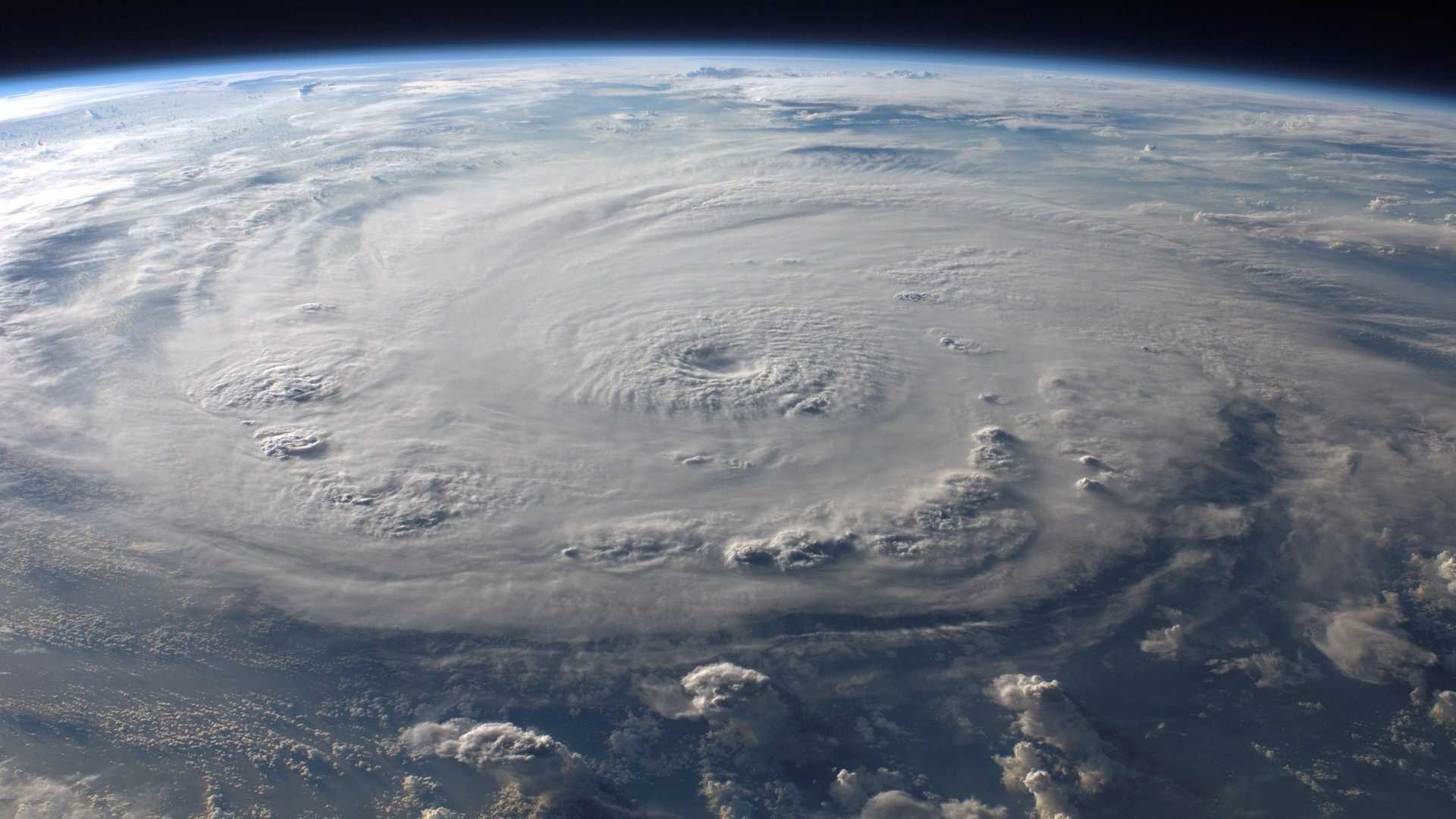
Due to the low sand levels on the beach, one large storm could overtake the entire area. Usually, man-made easements on beaches are a town’s best defence to stop flooding in case large waves crash the shores.
The oceanfront homes in Redington Shores are at high risk of being permanently damaged this hurricane season. Even more, the surrounding towns can now be flooded because of the lack of protection.
Coastal Areas Threatened by Climate Change All Over the Country
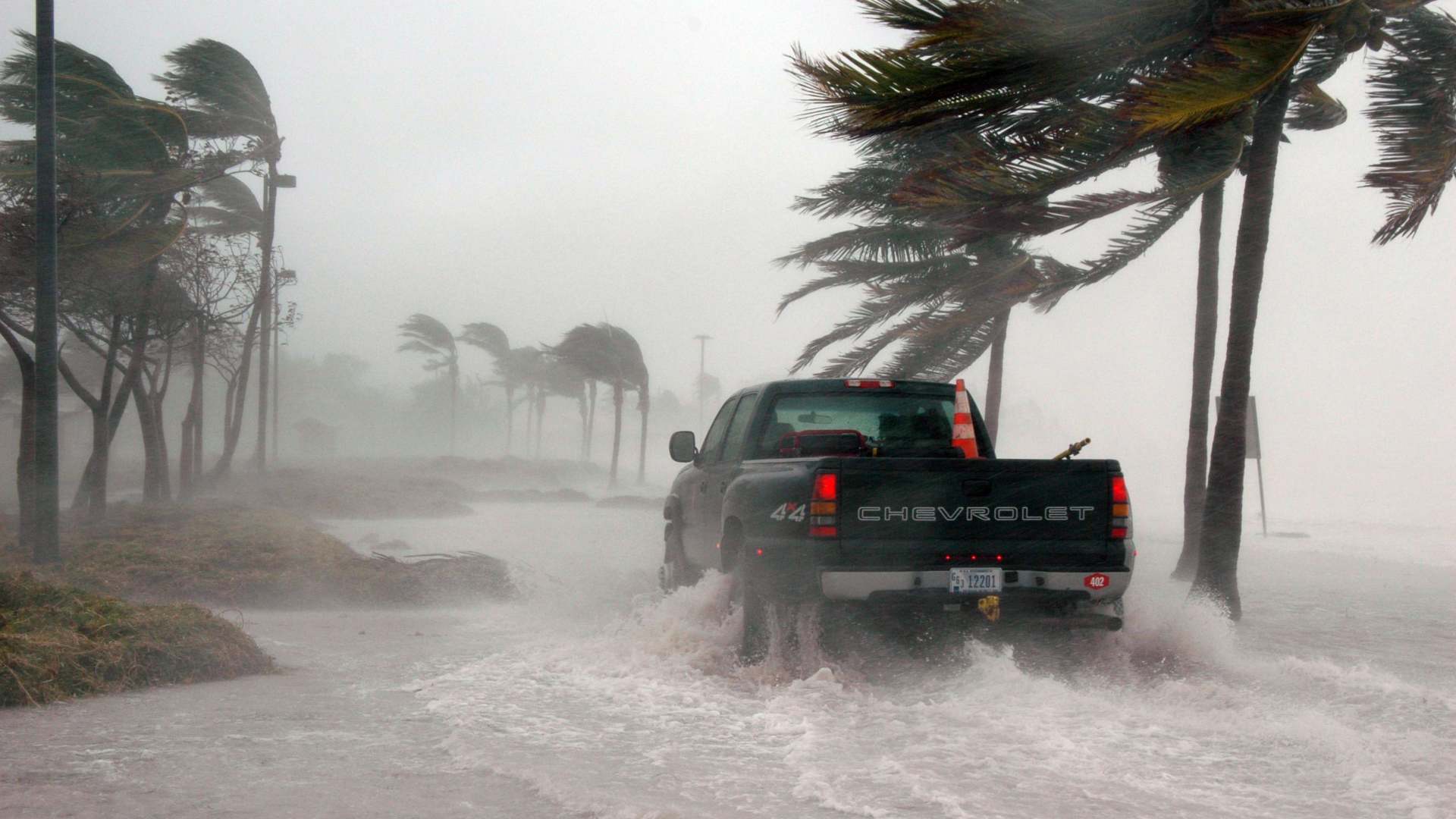
The standoff in Florida highlights the growing tensions felt around the country. Coastal communities and low-lying cities have been dealing with the brunt of climate change in recent decades, often losing their homes due to storms and deteriorating shorelines.
In Massachusetts, sellers of luxury homes lost roughly 75% of their value due to erosion and sea level rise. Many residents feel like the federal government hasn’t done nearly enough to stop the growing disaster.
Privately Owned Property Is Often the Least Protected
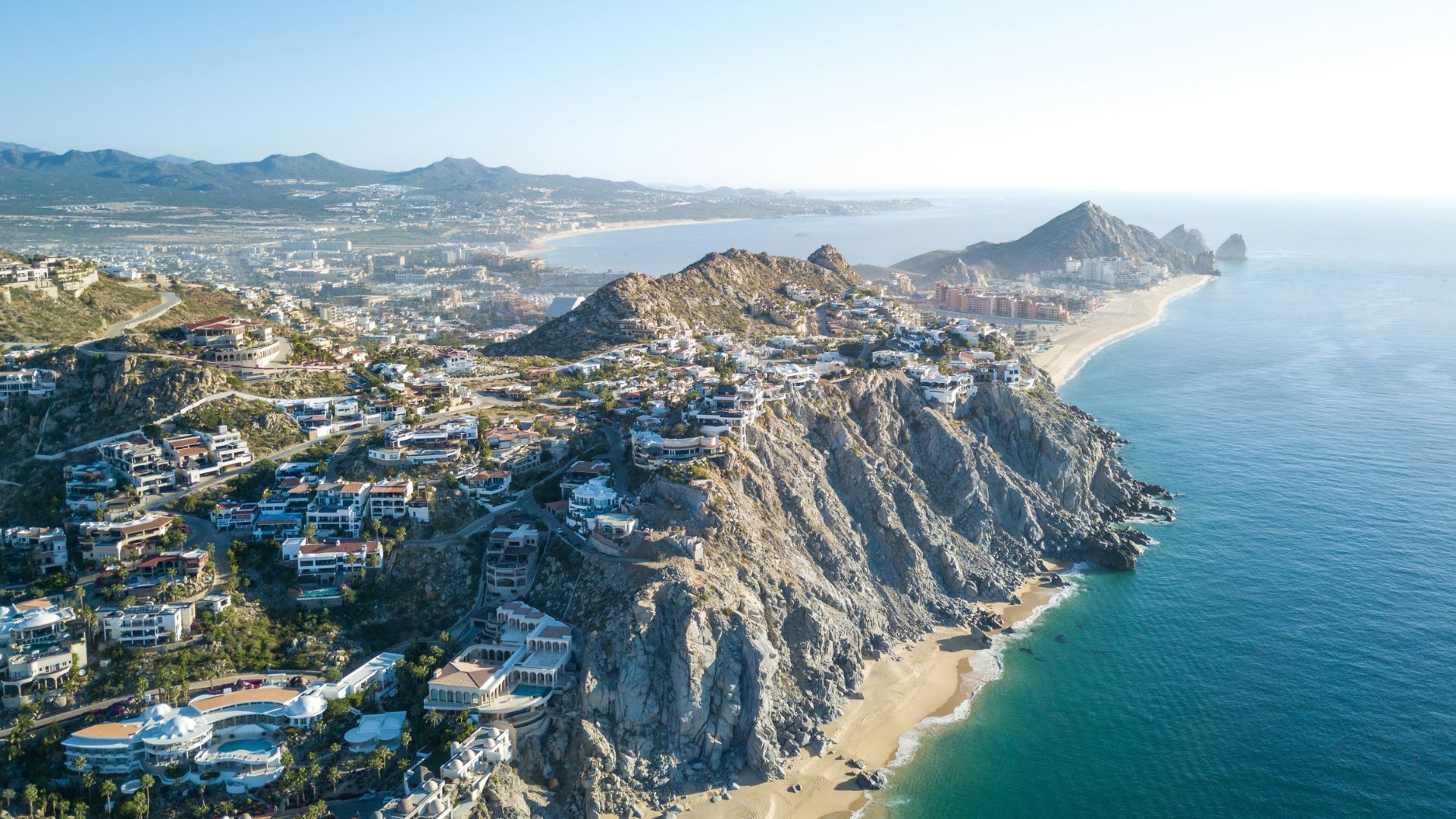
Populated coastal areas are often left like sitting ducks waiting for the next storm. Because the lands are usually owned by private property owners and residents, the areas are privately insured, which is growing increasingly expensive in coastal regions.
The government often allows homeowners to fend for themselves unless a national emergency is declared. The conflict has permeated throughout the Florida coast, where residents have been notoriously difficult to deal with for the corps.
Easement Policy Was Meant To Restore Beaches
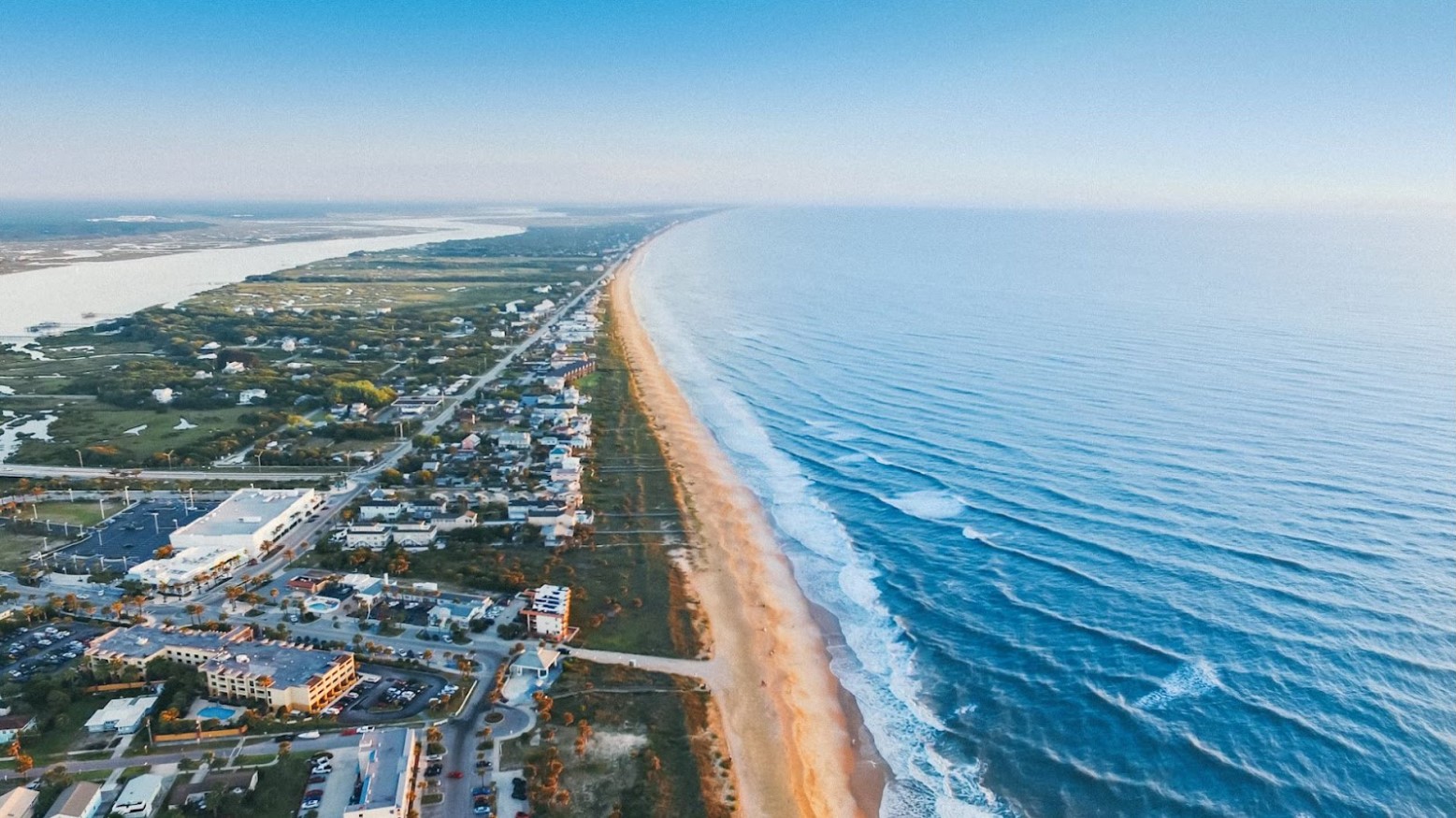
Over the past few decades, the Army Corps has worked with local communities to create policies to restore private and public beaches destroyed by storms and rising sea levels.
After Superstorm Sandy in 2012, the agency began enforcing the rule. However, they still need to obtain landowners’ consent in the case of private beaches. In New Jersey, the Crops replaced sand in designated beaches but did not create the easements needed to stop flooding. Local governments used eminent domain to seize power on private beaches to restore them.
Army Corps Now Battling With Florida Residents
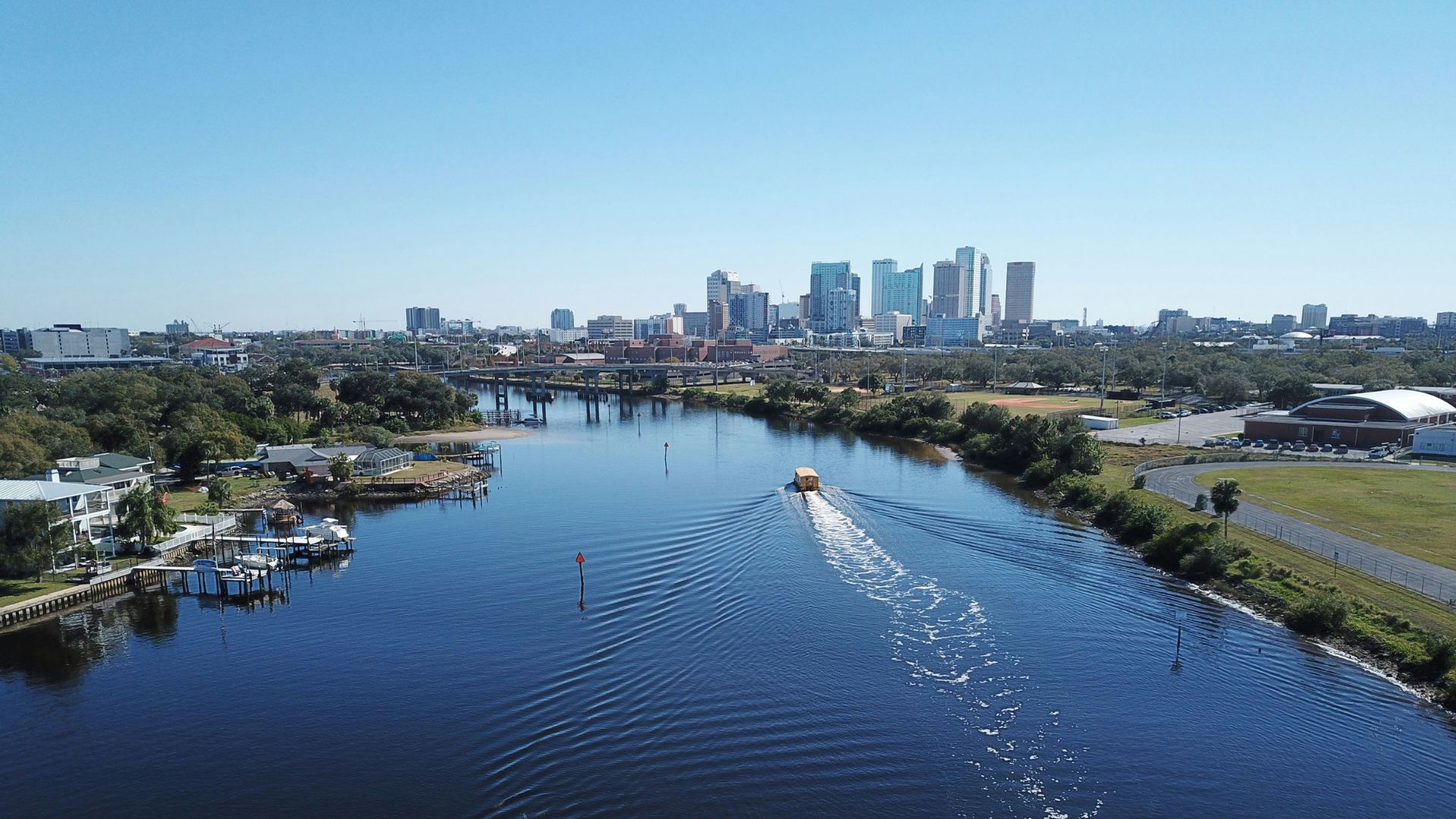
The agency is now warning officials in Pinellas County that no more sand can be brought to the beach for restoration if they do not obtain the easement release from all property owners on the beach. For now, the beach is incredibly low on sand, making the area vulnerable to storms.
Last year, Hurricane Idealia eroded most of the stands to a dangerously low level.
Residents Aren’t Happy With Perpetual Easements
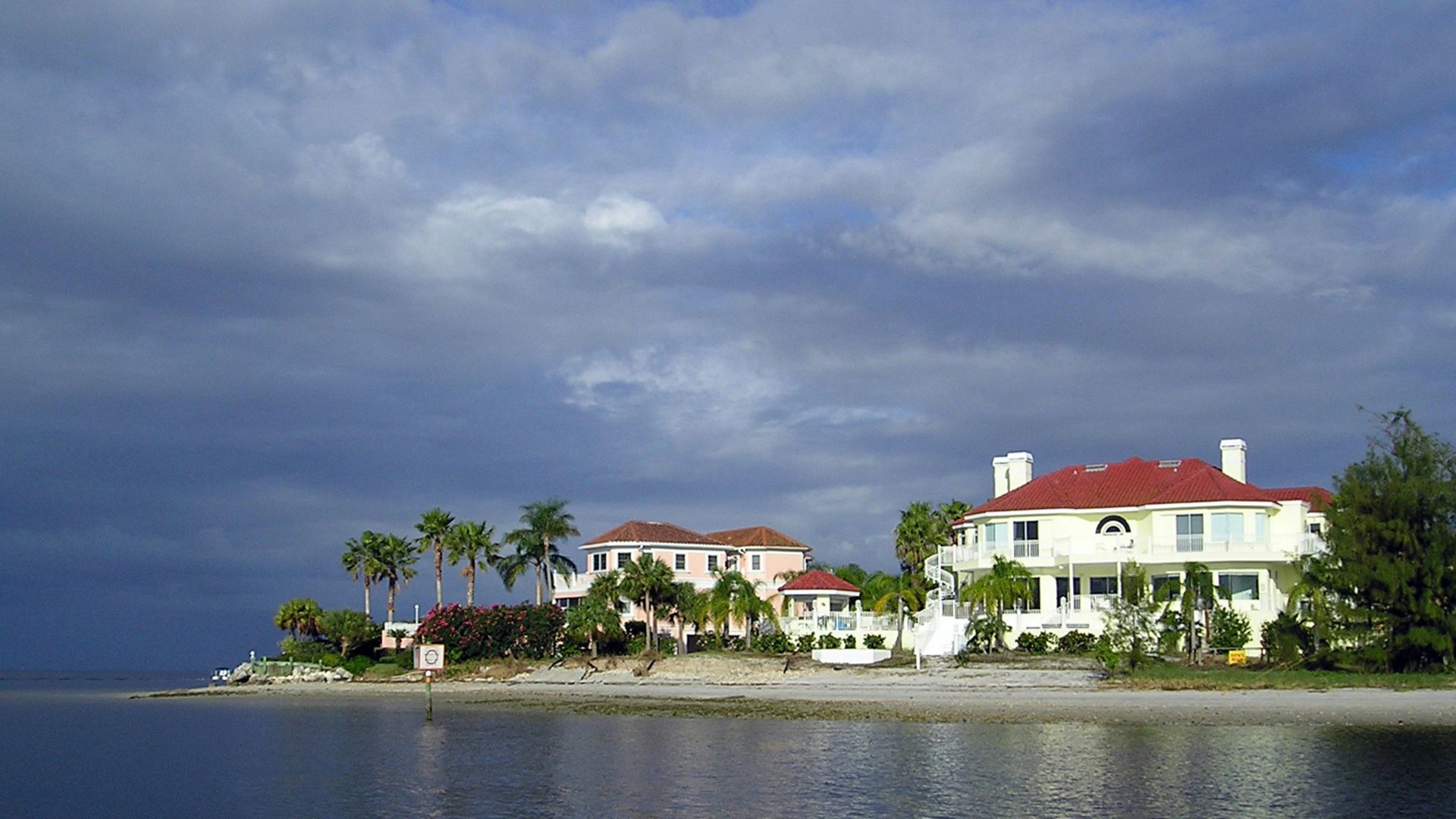
The residents of Redington Shores don’t want to sign the documents because the easement release is perpetual. This means that if the residents do sign the documents, the Army Corps can come in and work on the beaches at any time.
The agency says it only wants to help the residents repair the damage to the beach and prevent further flooding in nearby towns. However, homeowners are still weary of signing their rights over.
Agency Won’t Commit To Emergency Response
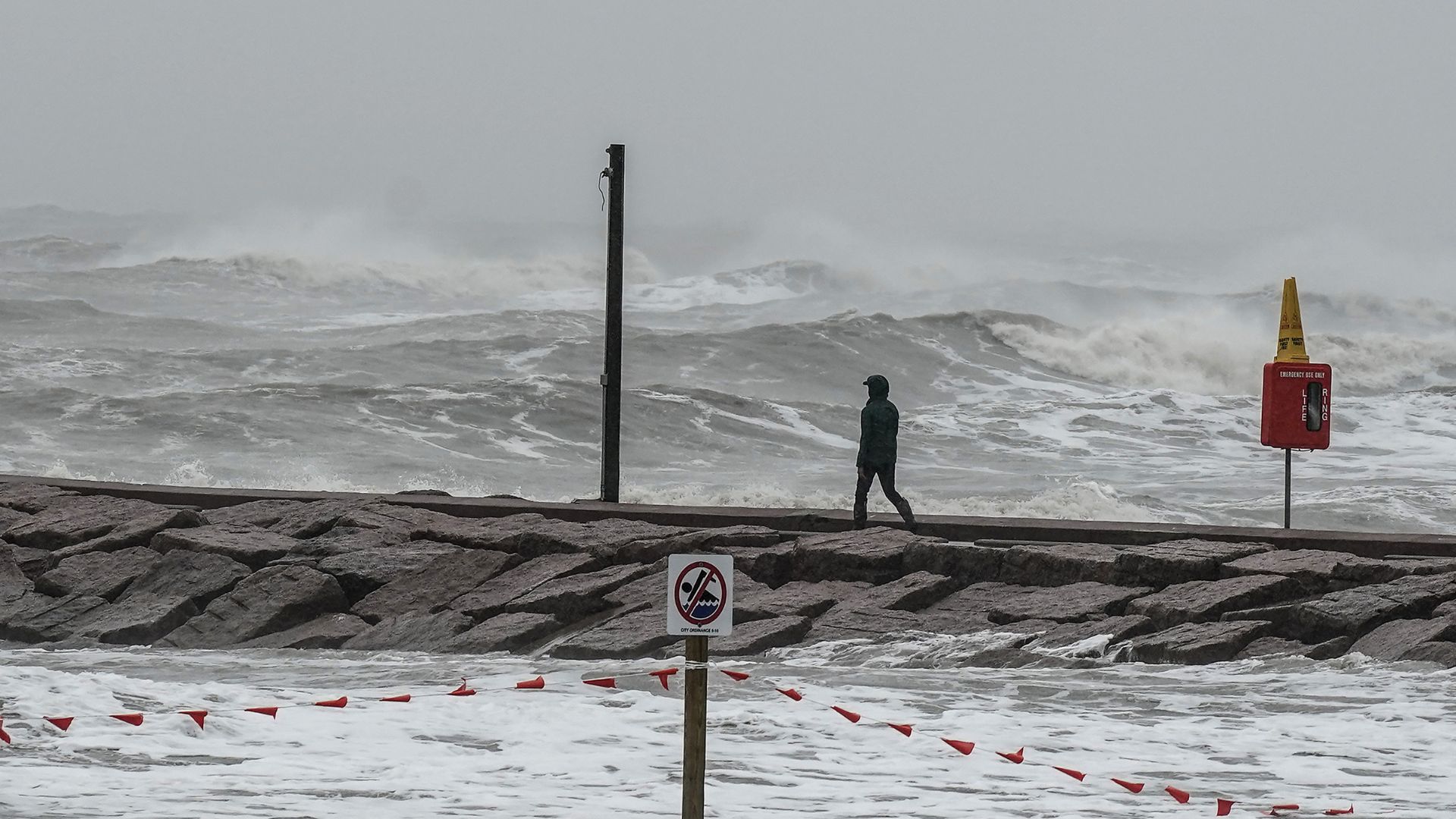
The agency says that the perpetual order is necessary so that they can come in any time a storm has damaged the beach to create beneficial easements for the community. However, they are now refusing to help the community at all unless they comply with the order.
Easement releases need to be signed by residents of the entire area, so a single holdout can threaten thousands of homes.
Pinellas Officials Attempted To Mitigate the Situation
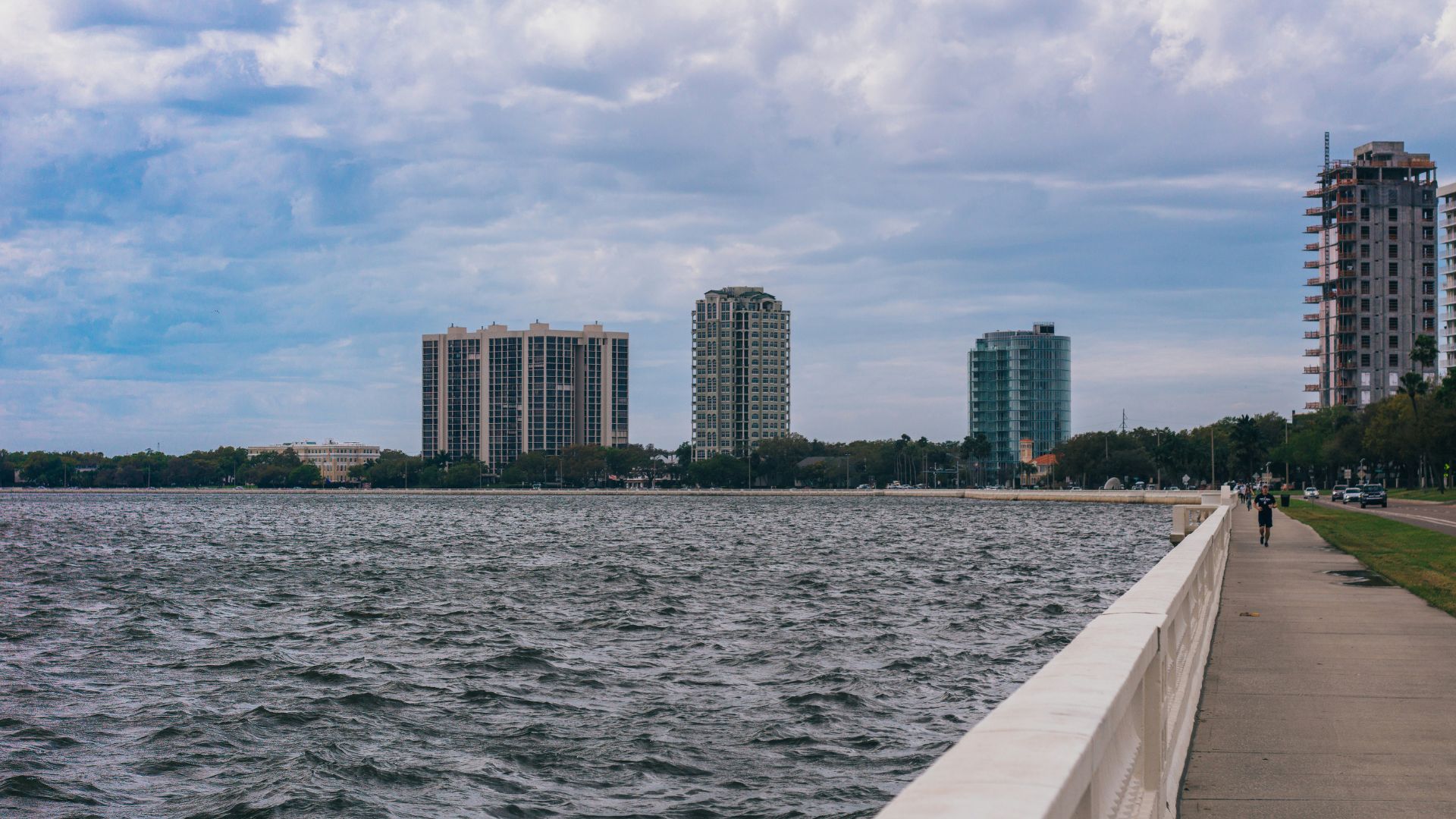
In an attempt to get residents to work with the agency, Pinellas County officials tried to obtain signatures by going door to door and pleading their case to residents.
More than half of the 461 property owners, along with Barrier Island, refused to grant the rights. Officials are still taking steps to mitigate the situation with homeowners and hope to resolve the issue in the coming weeks as hurricane season begins.
Beaches Aren’t Fully Private

The beaches in the middle of the controversy aren’t actually completely private. They’re still mostly owned by public agencies, but the homeowners who do own the beaches have a say in what happens to the sand.
Unless the owners grant the agencies to come in and rebuild the easements, nothing can be done in the event of an emergency.








































